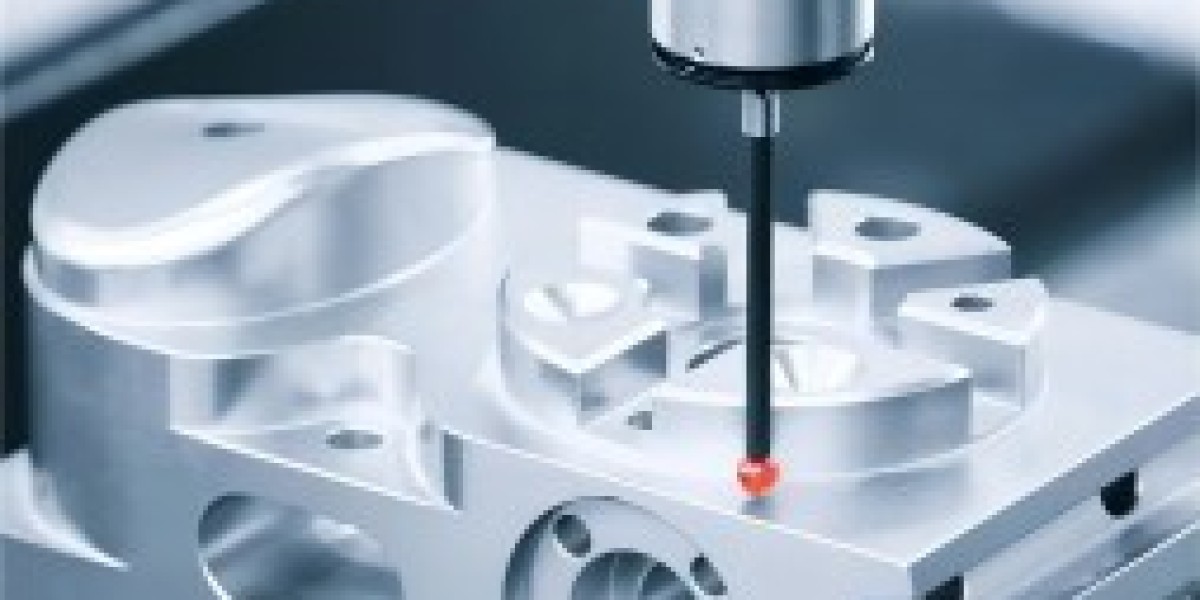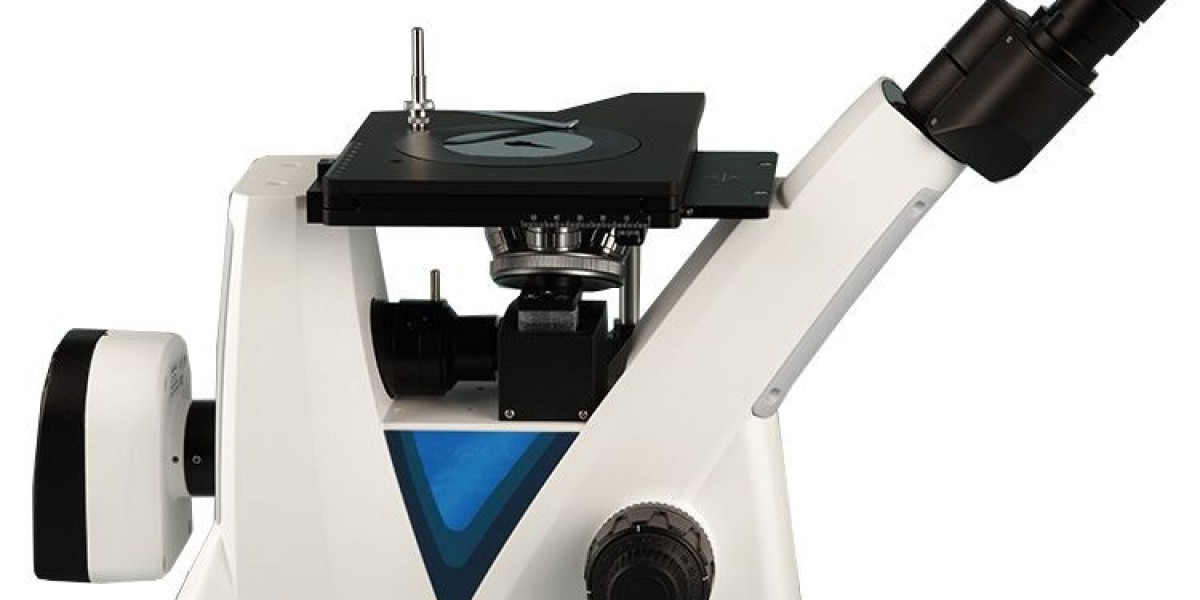The tolerance range for CNC milling aluminum parts depends on the product's complex structure, the level of necessary surface softness, and the type of aluminum alloy utilized. On average, CNC milling can create components with tolerances of at least +/-0.005" (0.127 mm), though. For intricate items or goods with high tolerances, it may be necessary to use specialized tools or multiple machining procedures. This is necessary to ensure that the parts meet the specifications, even though it may increase the cost and lengthen the manufacturing process.
Here are some factors that can affect the tolerance range for CNC milling aluminum parts:
l Part geometry: Tight precision objects could be more difficult to make and might require special equipment or many machining steps. This might make the tolerance window smaller.
l Surface finish: A smoother surface finish might call for tighter tolerances.
l Tool selection: The tolerance range could change based on the CNC milling tools used. For example, ball mills can offer more precise tolerances than end mills.
l Aluminum alloy: Some aluminum alloys have narrower tolerance ranges and call for greater precision when being machined.
l Machining parameters: The machining variables feed rate, spindle speed, and cutting depth can also have an impact on the tolerance range.
If you have any special tolerance requirements for your CNC milling aluminum parts, you should consult your CNC machining service provider. They can help you determine the best course of action for obtaining the required tolerances.








